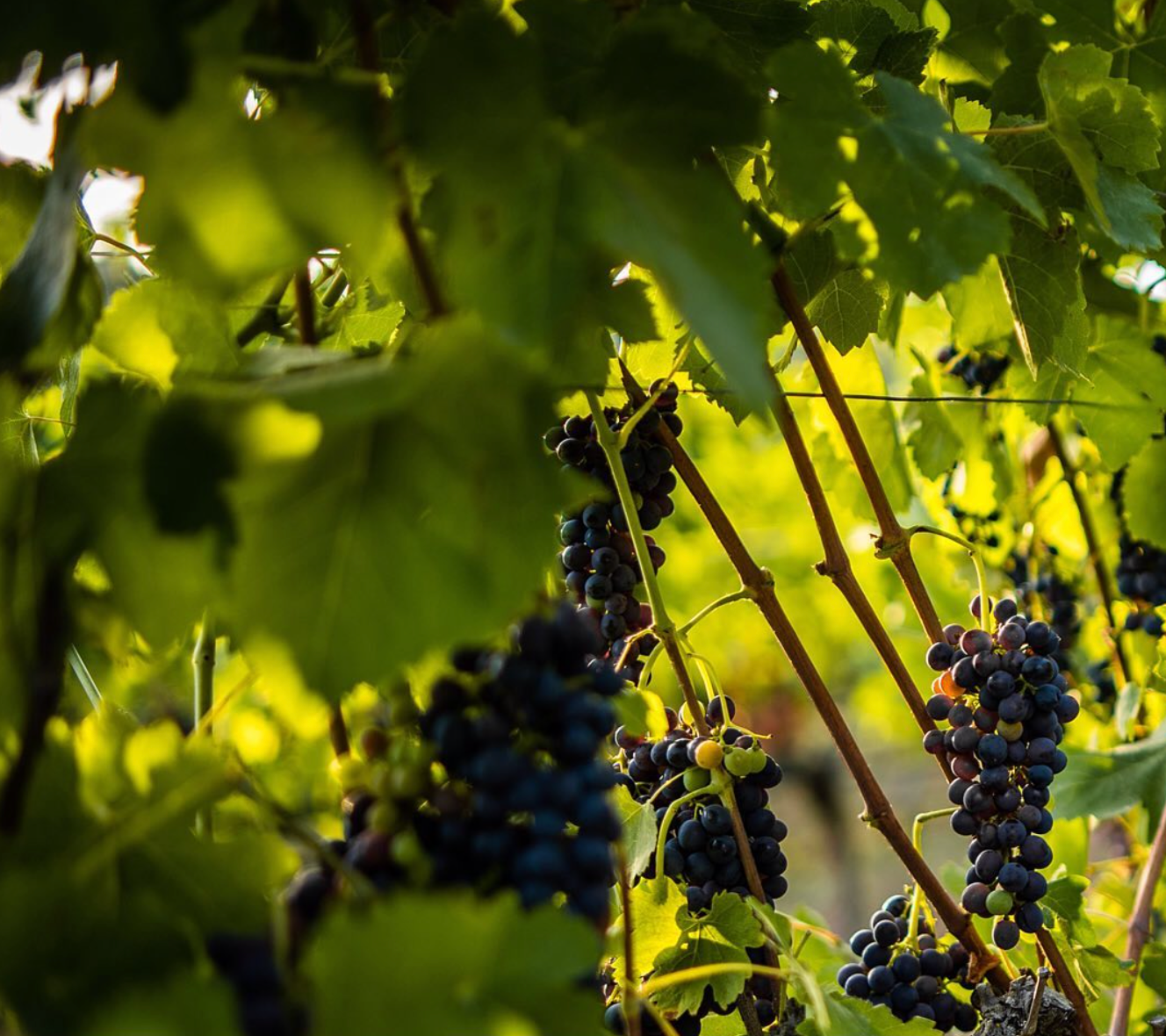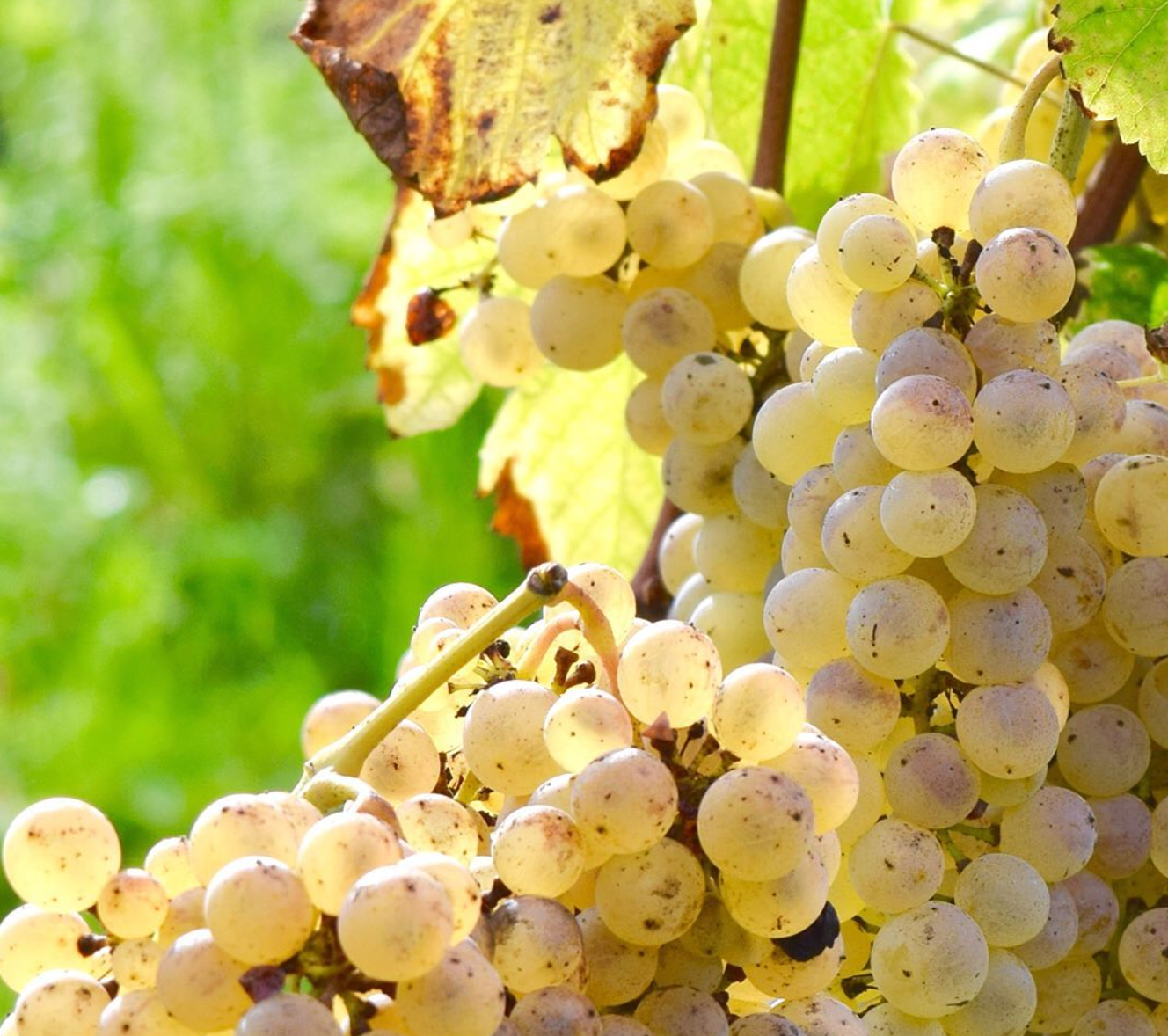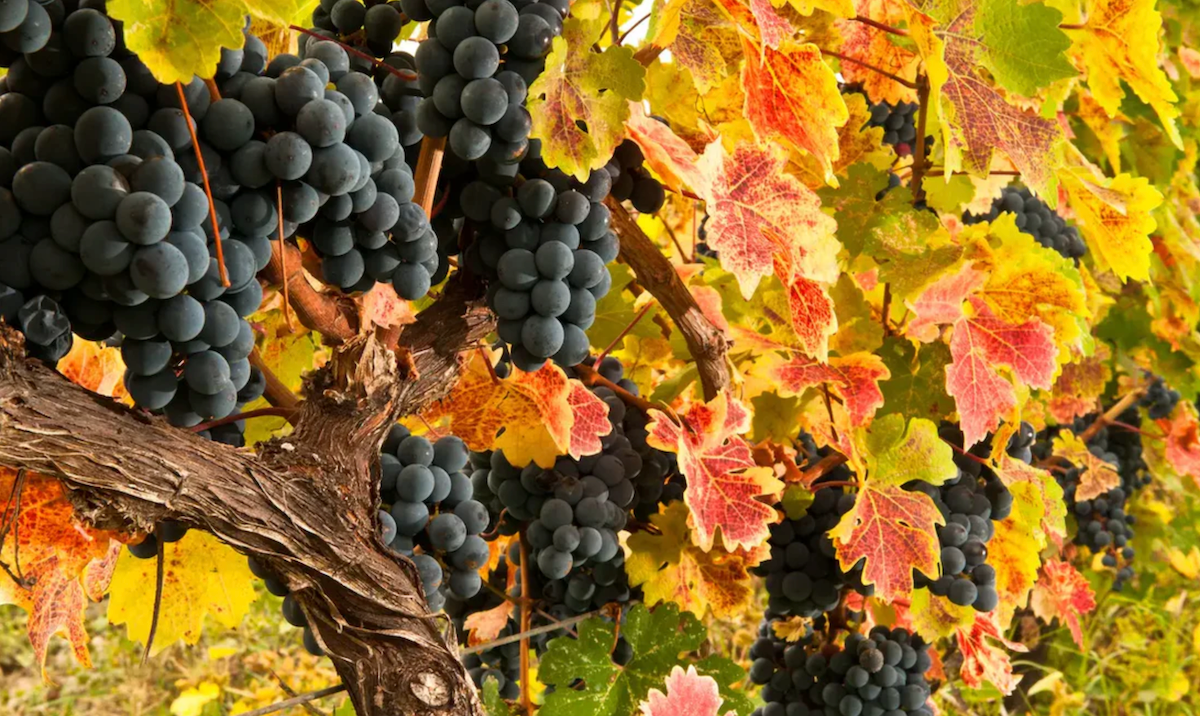Your basket is empty
Already have an account? Log in to check out faster.
Wine Club
A wine club membership designed for the intrepid explorer and tastemaker, or anyone looking to drink something new and delicous. With each shipment, you will discover extraodinary and unique wines, and the stories behind these passionate winegrowers and the regions they call home.
From $98.00
Curated Collections
Choose your own wine adventure with our 4-, 6- and 12-bottle Curated Collections. Ideal for enhancing your personal cellar or giving as thoughtful gifts. Shop by Occasion, Region, or Staff Favorites, and explore the diverse and extensive Vinalia portfolio today.
Bottle Shop
Embark on a journey through the world of wine, one grape at a time. Our Bottle Shop showcases the hidden gems of lesser-known wine regions, granting you access to incredible wines rarely found in the US.
Seasonal Sips
Cozy up this season with our Wines of Winter Collection, featuring rich, warming bottles perfect for chilly nights and festive gatherings.
Gift Guide
Shop Vinalia's wine gifts for all of the wine lovers in your life. From your favorite bottles to one-off collections and gift cards, all include a custom note. Gifting wine just got easier.
Corporate Gifting
Whether it’s for your team, clients, or partners, Vinalia’s handpicked wine collections offer a personal and unforgettable way to say thank you. We offer white glove service to ensure that every detail is accounted for, and we’ll streamline the whole process for you to make gift-giving simple.
Wine Tastings
At Vinalia, we believe every bottle tells a story, and our wine tastings bring those stories to life. Led by certified wine experts—including our co-founders, Bryce Wiatrak (Master of Wine candidate) and Mary Collineau (WSET Diploma candidate)—our tastings are engaging, educational, and anything but boring.
Our Producers
We source wines from winemakers across the globe who honor their land, history, and traditions. Their passion, dedication, and expertise are evident in every bottle we offer. Explore their stories here and discover the unique grapes they cultivate, as well as the regions they call home.
Our Story
Our goal is to shed light on the people, regions, and traditions that make up the incredibly diverse world of wine today. For we believe that great wine can come from any grape, any region, and any one. Read Our Story here.
Our Recipes
Just as the world of wine is vast and diverse, so too is the culinary landscape, though many local delicacies remain unrepresented here in the US. Our recipes honor the culinary traditions of the regions we source from, highlighting dishes that complement our wines.
Our Journal
Planning a trip to Greece and want to learn about its top wine regions and grapes? Or are you looking to discover 10 new Italian grapes to try? Discover answers to these questions and more in Our Journal, our weekly blog dedicated to all things wine.
Cultivar Club
Vinalia's Exclusive Loyalty Program. Join the club and be rewarded with exclusive discounts, club member perks and more!


The vision for Fausti was born in 1997, when its namesake proprietor, Cristina Fausti, dreamed of an organic, modern winery to accompany her family’s Marche vineyard. She tapped the respected winemaker Domenico D’Angelo to lead the production team, with him sharing a reverence for the property and its preservation.
Fausti is located in the commune of Fermo, whose town of the same name is the modern incarnation of the ancient Latin colony Firmum Picenum. Viticultural enjoys a storied history in the region. Abutting Fausti’s vineyards is a medieval tower, today the symbol for the winery, which was once owned by the Matteucci counts, the once lords of Fermo. Adorning the tower is the Matteucci family’s coat of arms, which displays a vine bearing three grape clusters, a testament to the historic importance of local grapegrowing.
Cristina and Domenico continue that tradition today, with a renewed dedication to living in harmony with their land. In addition to practicing organic farming, Fausti has drafted a series of principles it abides by to respect a natural balance in their vineyards. Such philosophy champions an equal partnership between humans, animals, and plants; a dedication to biodiversity; and an acceptance that nature ultimately dictates a wine’s personality.

One of the most important red grape varieties of central Italy, Montepulciano must not be confused with the Tuscan town that shares its name and produces the revered Vino Nobile di Montepulciano. That wine is instead cultivated from Italy’s most planted and best known grape, Sangiovese, for which Montepulciano has suffered centuries of confusion. While Montepulciano’s name seemingly does reference that very town, it isn’t grown there and is highly unlikely to originate there, either. Its origins remain nebulous, though most likely Montepulciano was born in Abruzzo, its most famous home today.
Montepulciano wines are enjoyed for their generous red fruit flavors, fleshy body, and savory undertones of dried herbs and earth. Its distribution spans across central Italy and further afield (beyond Europe, even, as it travelled with its immigrant populations to the New World). While Montepulciano d’Abruzzo displays more jammy richness, those grown to the north in the Marche show a lighter touch with more a more characteristic freshness
and elegance.

Stretching across Italy’s central eastern coastline, brushed against the Adriatic Sea, the Marche serves as a transitional region between the boot’s north and south. This has long historically been the case, too. The Marche’s name originates from the March of Ancona—a medieval barrier that buffered the Papal States from the city states to the north. Still, the Marche exhibits a unique local culture, dating back to the Iron Age, during which the Picentes—an ancient Italic people predating the Romans—inhabited the region. The Romans later gave this area the name Picenum.
Like Friuli, the Marche is one of the rare corners of Italy that is better recognized for its white wines than its reds. Perhaps the region’s most famous grape is the white Verdicchio, grown predominately in the northern half of the Marche. To the south, Pecorino excels, particularly in the Falerio and smaller Offida appellations, which sit against the Abruzzese border. Red wines in the Marche are generally dominated by Montepulciano, a spillover from its homeland in Abruzzo.

Sure, Pecorino is probably better known as a grape than as a cheese. While the two Italian delicacies originate from different regions—the grape from the Marche and Abruzzo, the cheese from Lazio and Sardinia—they share a common etymology in pecora, or “sheep.” The grape references the sheep herders who would munch on the berries while guiding their flocks to food in the valleys of the Marche. The cheese, more simply, alludes to its primary ingredient of sheep’s milk.
One of Italy’s most prestigious white grape varieties, Pecorino was hardly known until three decades ago, when it was championed by Cocci Grifoni in the Marche. A longtime blending variety, Pecorino lost favor locally to the higher yielding Trebbiano and Malvasia. Grifoni was first to produce a monovarietal Pecorino in 1990, and for ten years remained the only one to do so. Today, more than twenty producers of Pecorino can be found, among them Fausti in Falerio and Offida.
Pecorino is celebrated for its complexity and longevity, yielding cellarworthy wines that are both refreshingly acidic, as well as richly textured. As the wines age, they develop a notable dairy quality to the finish, befitting the grape’s name.

You must be of legal drinking age to enter this website.
Gifting has never been easier
Perfect if you're short on time or are unable to deliver your gift yourself. Enter your message and select when to send it.